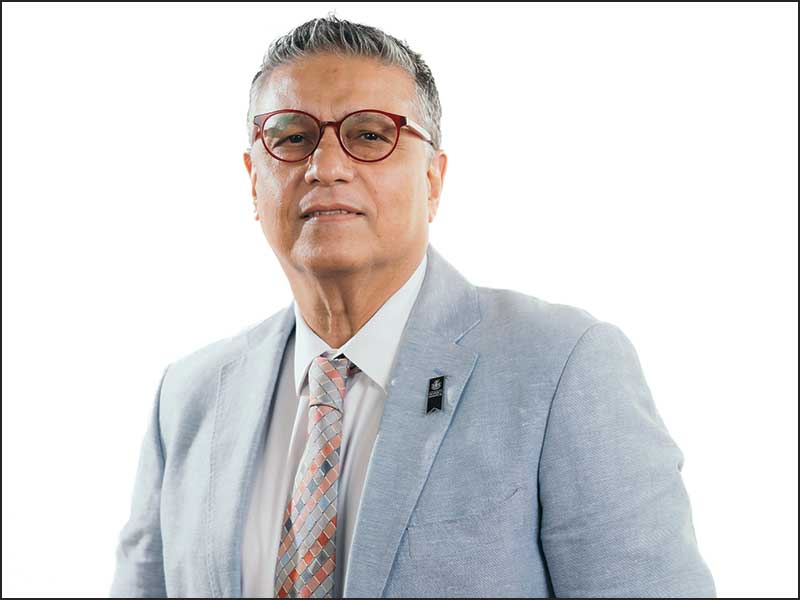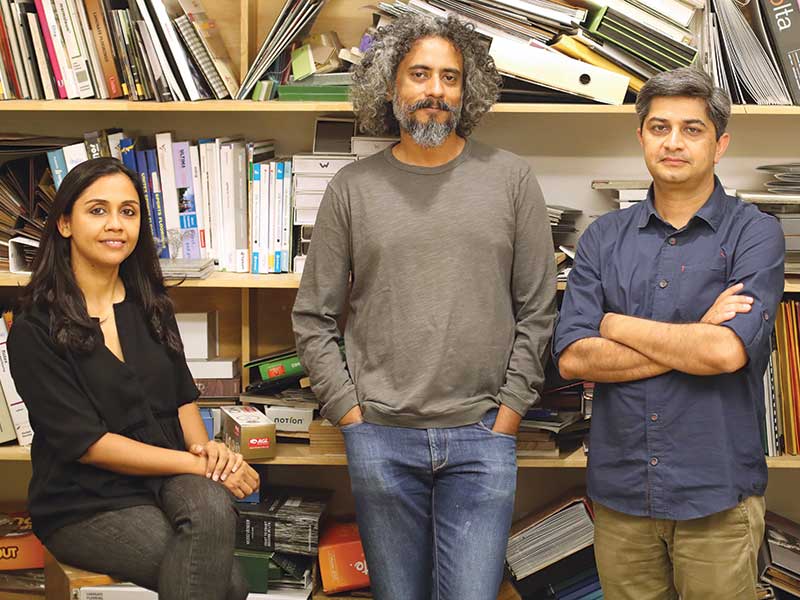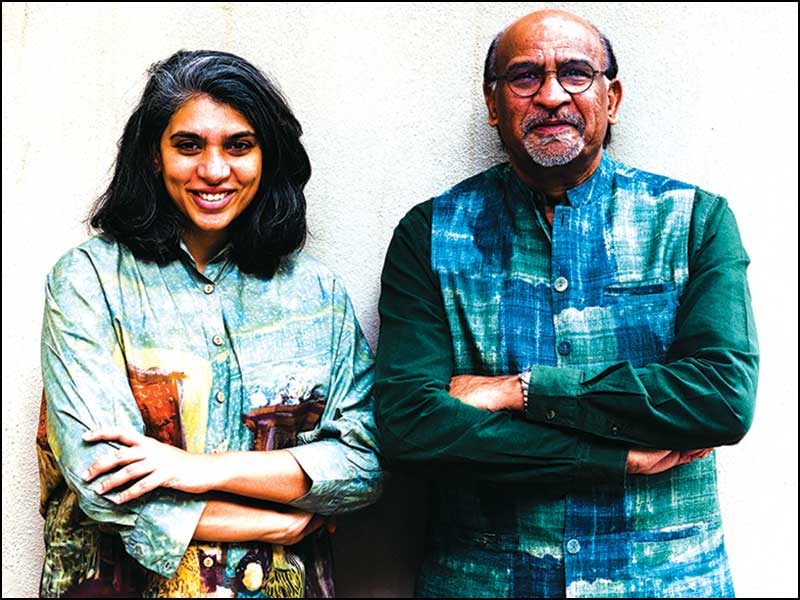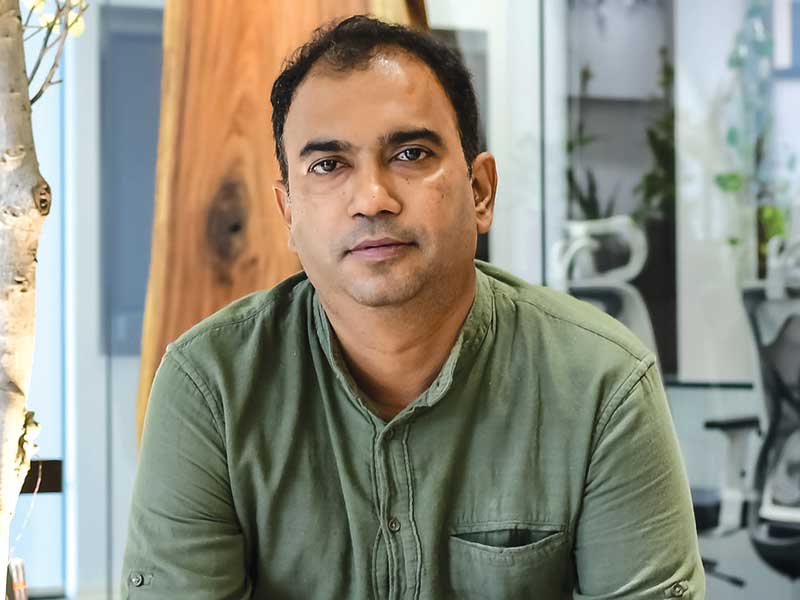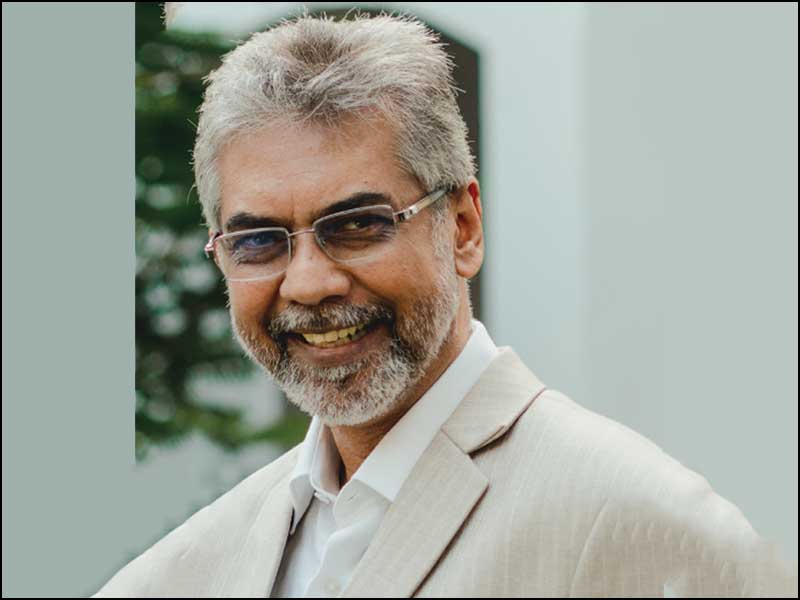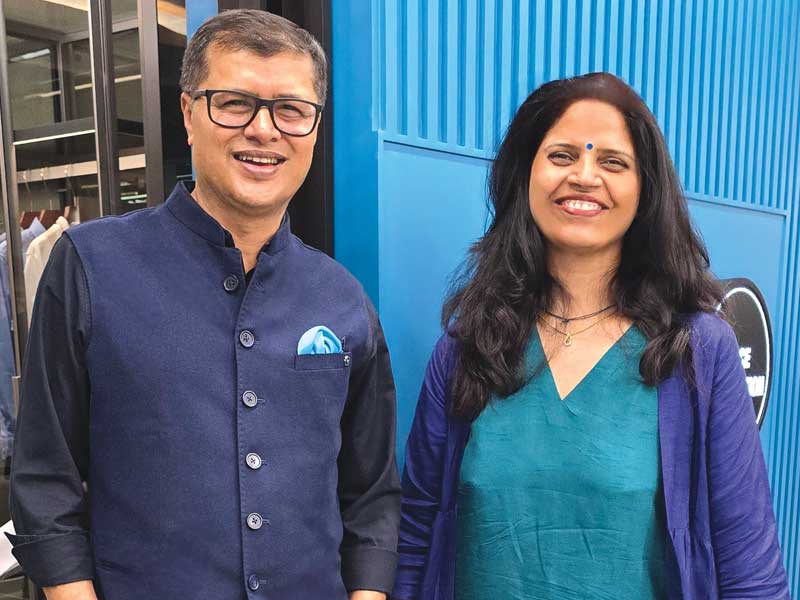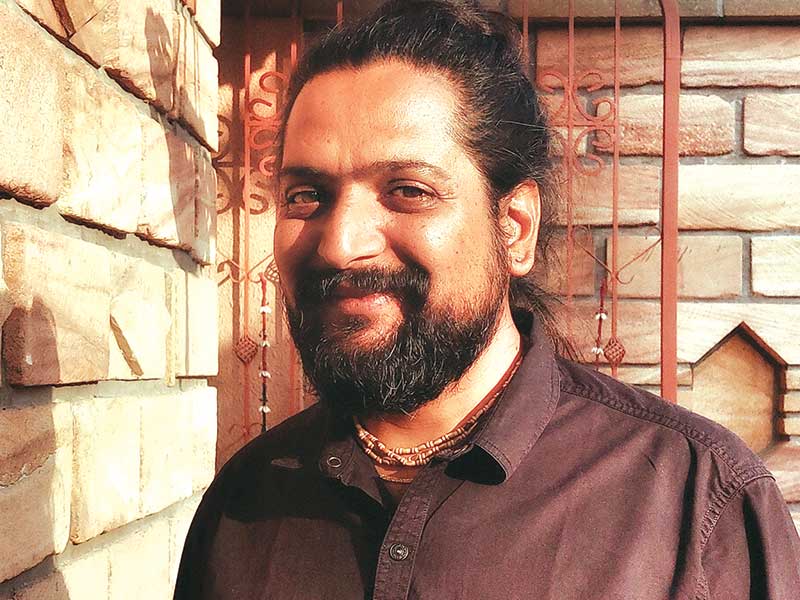
Firstly, let’s consider how the profession of architecture in India is evolving: we are witnessing a significant shift in embracing global trends while remaining grounded towards our cultural heritage. Our profession is responding to technological advancements by integrating them thoughtfully into our designs, not just for the sake of modernity, but to enhance the quality and sustainability of our built environment. Our architecture is adapting to the changing needs of a growing modern society by creating spaces that not only meet functional requirements but also resonate with our cultural identity and environmental concerns.
In terms of opportunities and innovations, the use of locally available materials and traditional building techniques is paramount in driving sustainable architecture. By utilizing locally sourced elements, we not only reduce our carbon footprint but also contribute to the preservation of indigenous craftsmanship and cultural heritage. These materials and techniques allow us to create structures that blend harmoniously with their surroundings and stand the test of time.
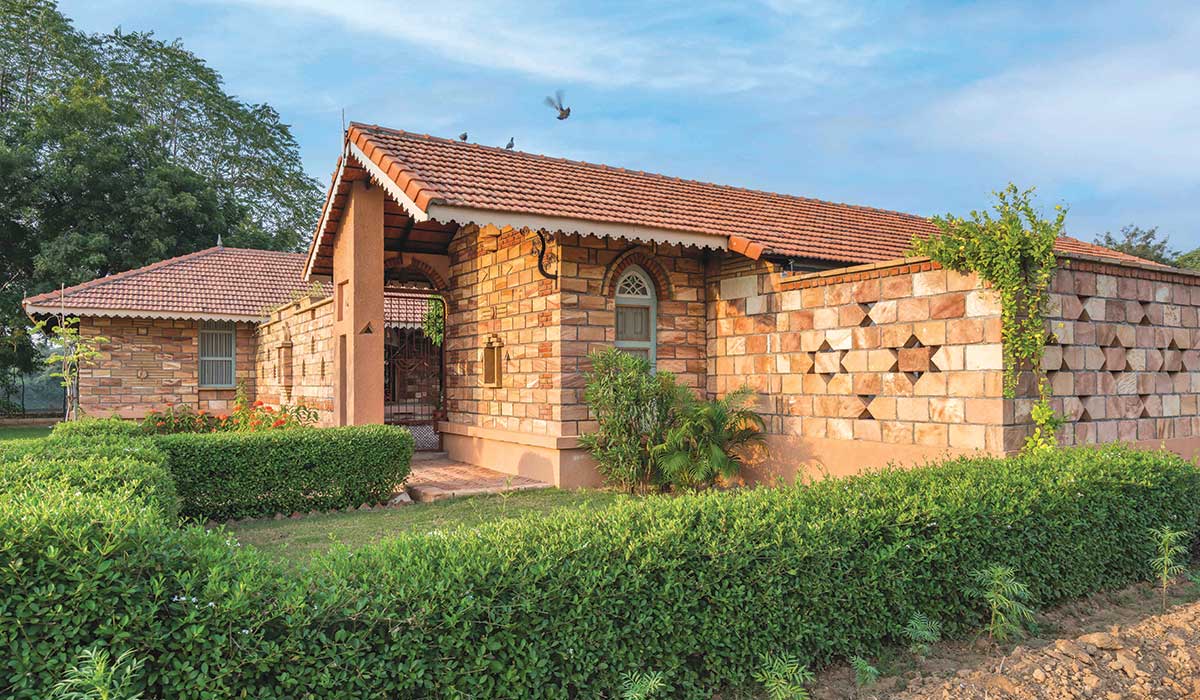
Looking towards the future of architecture, we should envision a landscape where sustainability is not just a buzzword but a fundamental principle guiding every aspect of our practice. Our approach should be holistic, rooted in the principles of vernacular architecture and inspired by simplicity. We should strive to retain the land’s topography, preserve existing trees, and harmonize with the local flora and fauna. Our designs should incorporate architectural elements like courtyards, water bodies, pitched roofs, and jalis, creating spaces that are not only functional but which also evoke a sense of belonging.
Our work methodologies should reflect our commitment to sustainable practices. We should carefully study the local context, utilizing locally available materials and hiring local labour to promote traditional craftsmanship. Our working strategy should prioritize quality over commercial interests, fostering personal attachment and involvement in every project we undertake.
The future of architecture, as I envision it, lies in embracing simplicity, authenticity, and sustainability. By promoting local skills, culture, and craftsmanship, we not only create timeless designs but also foster a renewed connection with nature and tradition. Our commitment to energy efficient design, waste reduction, and social responsibility underscores our belief that architecture can be a force for positive change in the world.
We should envision a future where sustainable architecture becomes synonymous with local identity, where each project is a testament to the symbiotic relationship between nature, tradition, and innovation. In conclusion, we should strive to create a timeless legacy in sustainable architecture by intertwining modernity with vernacular wisdom.

